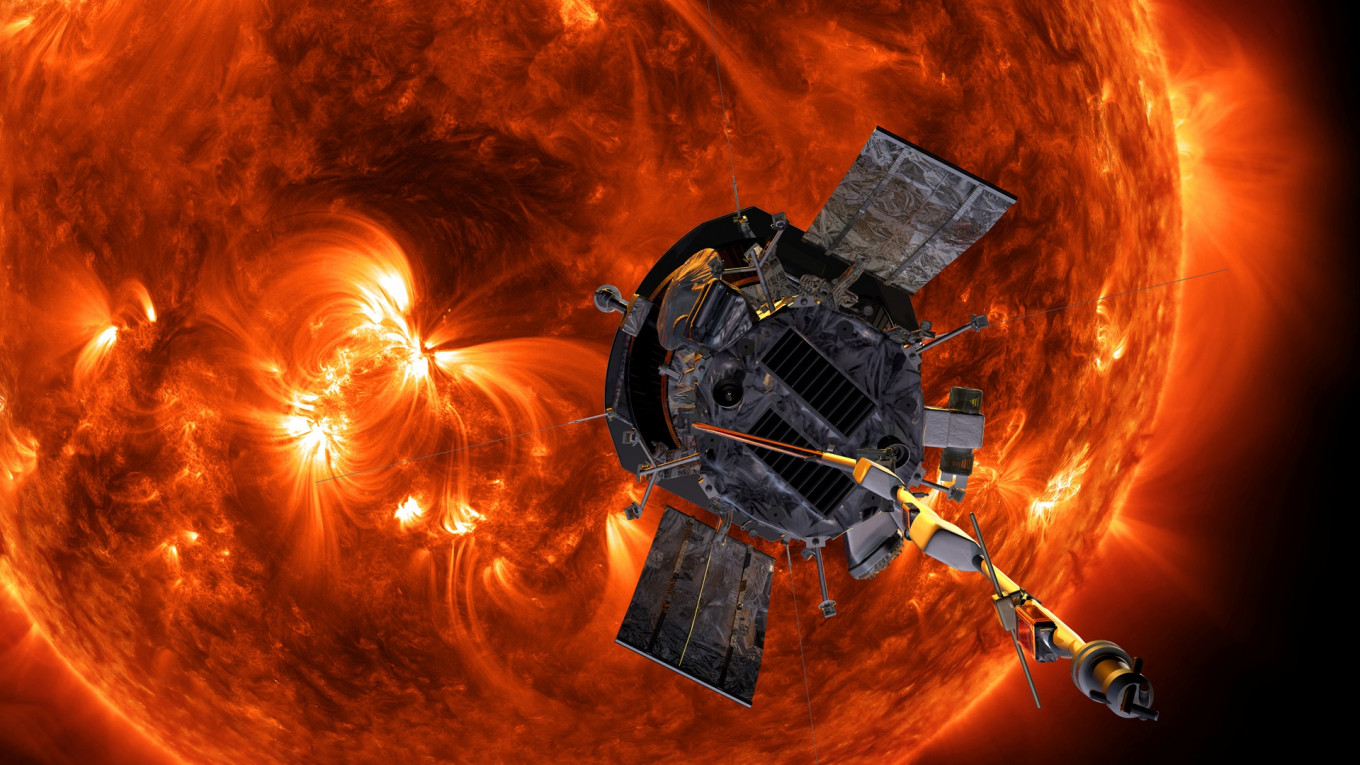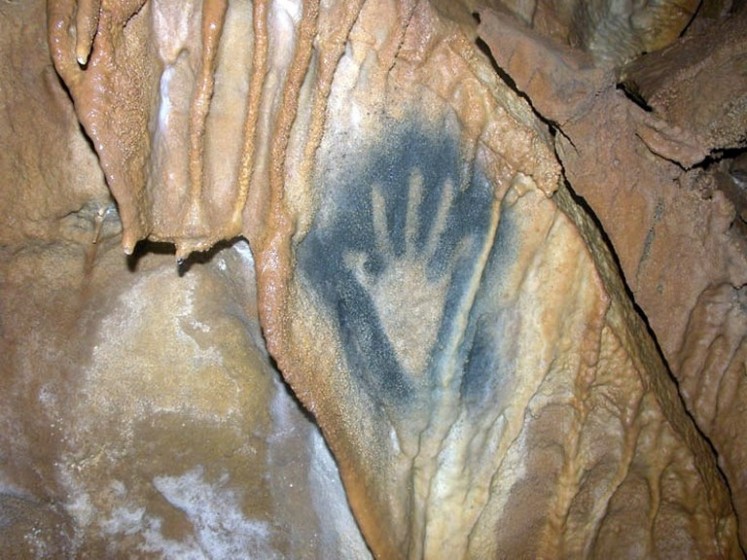Popular Reads
Top Results
Can't find what you're looking for?
View all search resultsPopular Reads
Top Results
Can't find what you're looking for?
View all search resultsNASA spacecraft 'safe' after closest-ever approach to Sun
The space agency said the operations team at the Johns Hopkins Applied Physics Laboratory in Maryland received the signal, a beacon tone, from the probe just before midnight on Thursday.
Change text size
Gift Premium Articles
to Anyone
N
ASA said on Friday that its Parker Solar Probe was "safe" and operating normally after successfully completing the closest-ever approach to the Sun by any human-made object.
The spacecraft passed 6.1 million kilometers from the solar surface on Dec. 24, flying into the sun's outer atmosphere called the corona, on a mission to help scientists learn more about Earth's closest star.
The agency said the operations team at the Johns Hopkins Applied Physics Laboratory in Maryland received the signal, a beacon tone, from the probe just before midnight on Thursday.
The spacecraft is expected to send detailed telemetry data about its status on Jan. 1, NASA added.
Moving at up to 692,000 kilometers per hour, the spacecraft endured temperatures of up to 982 degrees Celsius, according to the NASA website.
"This close-up study of the Sun allows Parker Solar Probe to take measurements that help scientists better understand how material in this region gets heated to millions of degrees, trace the origin of the solar wind [a continuous flow of material escaping the Sun], and discover how energetic particles are accelerated to near light speed," the agency added.
"We're rewriting the textbooks on how the Sun works with the data from this probe," Dr. Joseph Westlake, NASA's heliophysics director told Reuters.
"This mission was theorized in the Fifties," he said, adding that it is an "amazing achievement to create technologies that let us delve into our understanding of how the sun operates".
The Parker Solar Probe was launched in 2018 and has been gradually circling closer towards the sun, using flybys of Venus to gravitationally pull it into a tighter orbit with the sun.
Westlake said the team is preparing for even more flybys in the extended mission phase, hoping to capture unique events.











